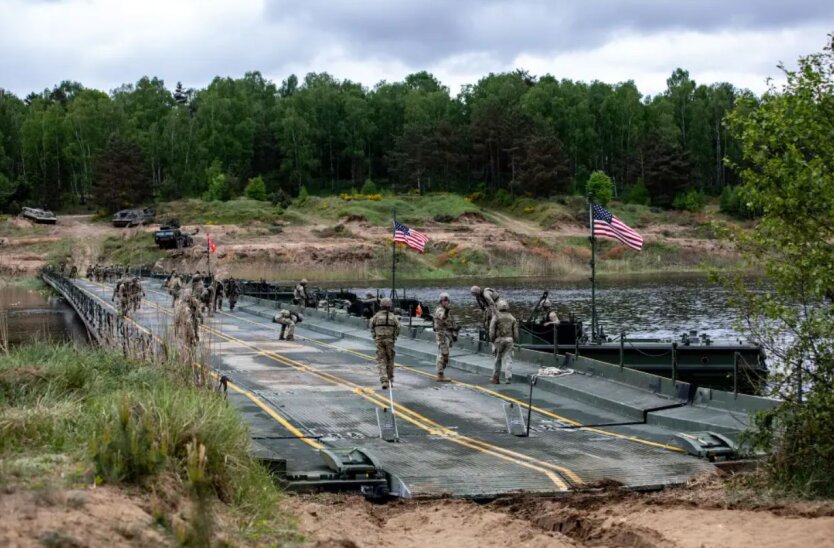Artificial Intelligence Will Replace Military Engineers in Bridge Laying - BI.


The U.S. Armed Forces plan to create autonomous robotic systems for building crossings in combat conditions. Autonomous rafts will be controlled by artificial intelligence and will be able to autonomously connect into bridges, helping to protect the lives of military engineers.
One of the dangerous types of combat operations is crossing water obstacles. The Ukrainian conflict has shown the critical importance of this task. That is why the U.S. Army is developing self-driving pontoon systems with artificial intelligence that can autonomously form bridge structures.
Autonomous pontoon systems will allow for maneuverable crossings over water obstacles without risking personnel. They combine load capacity and a movable system in one module, surpassing existing floating bridges. This will allow the army to carry out unpredictable dispersed crossings over rivers, increase crew survivability, and reduce logistics footprint.
'The use of autonomous floating bridges will allow the army to conduct unpredictable dispersed crossings over rivers, enhance crew survivability by removing personnel from the vessel, and reduce the logistics footprint compared to the improved floating bridge currently in use today, by combining load capacity and power installation in one vessel,'- it is noted in the request for participation in the competition for innovative research conducted by the Army Small Business Innovation Research (SBIR).
The threats faced by engineering units have undergone significant changes. Now they will face not only artillery and aviation, but also precision missiles, drones, and 'smart' munitions. Building a standard bridge can take up to half an hour, which is especially dangerous for engineers. 'Future gap crossing technology must take into account enemy capabilities and sustain support operations in a lethally dangerous logistics environment where the enemy can strike targets at practically any depth within the battlefield,'
- emphasize SBIR.The implementation of the project involves two stages. First, it is necessary to determine the optimal artificial intelligence systems, sensors, and communications. The second stage is creating a prototype that is resilient to cyberattacks and capable of functioning without navigational systems.
Experts see potential in this technology beyond the military sphere, from pipeline inspections to space exploration. However, developers face a number of complex technical challenges, such as ensuring robotic coordination and avoiding collisions in complex environments.
Read also
- The Pentagon responded to whether the States have information about Iran's hidden uranium stockpile
- EU Summit: What was decided regarding sanctions against the Russian Federation, negotiations with Ukraine on accession, and financial support
- Another stage of prisoner exchange: Ukrainians who had been in Russia for over three years have returned home
- Rear regions created a strategic reserve for the groupings 'Khortytsia' and 'Tavriya' - OP
- Who stopped the exhumation? Ambassador reported the details of the information diversion arranged by Russians in Poland
- NATO General Explains How the 'Korean Model' Could Work in Ukraine










